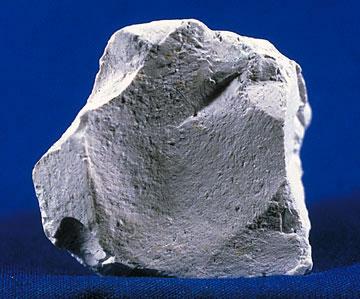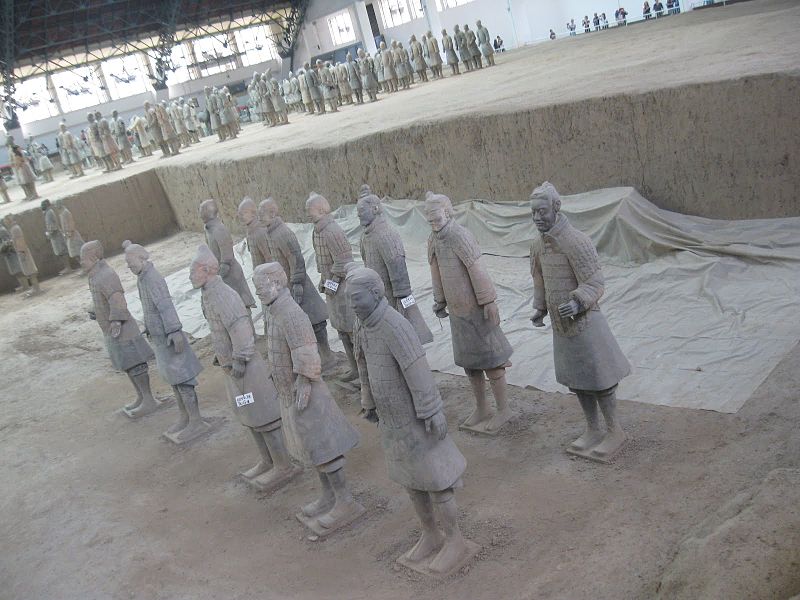Materials Used
Materials
What type of clay is used to make porcelain in China?
Featured Materials
Kaolin

Kaolin is one of the two main ingredients of porcelain. It is white and rich in alumina and has a range of particle sizes, ultimately it is the best clay with uniform particles.
Kaolin is a material that could be mined from Gaoling, near Jingdezhen. Today, it can be mined in Japan, Germany and France with larger deposits found in China, Brazil, England and Georgia (US) [1].
When China stone is combined with kaolin a very workable clay is created. China stone, is thus the second main porcelain ingredient. This particular clay is rich in silica and has larger platelets than kaolin. When this clay is combined with kaolin it can become vitrified at around 1280 degrees Celsius. [2]
China Stone

Porcelain Stone

Porcelain stone was the primary ingredient for the making of porcelain in southern China starting during the tenth century till the thirteenth century. After this time kaolin was added into the mixture to create porcelain. [3]
In order to combine these two types of clay, they would first have to be quarried, crushed finely, and then washed to remove impurities. In the beginning the kilns used for making porcelain were placed close to a source of water in order to save time. [4]
There are many different types of clay available to make different products. The fine loess ‘yellow earth’ clays of north China were used to make the pottery army referred to today as the Terracotta Army. They were made for the first emperor of China, Qin (221-207 B.C.E.), who is thought to be the origin of the Western name for China. [5]
Yellow Earth Clay

Footnotes:
[1] Ganse, Shirley. Chinese Porcelain An Export to the World. Hong Kong: Joint Publishing (H.K.) Company Limited, 2008: 7.
[2] Ganse, Shirley. Chinese Porcelain An Export to the World. Hong Kong: Joint Publishing (H.K.) Company Limited, 2008: 17.
[3] Ganse, Shirley. Chinese Porcelain An Export to the World. Hong Kong: Joint Publishing (H.K.) Company Limited, 2008: 7.
[4] Ganse, Shirley. Chinese Porcelain An Export to the World. Hong Kong: Joint Publishing (H.K.) Company Limited, 2008: 8.
[5] Ganse, Shirley. Chinese Porcelain An Export to the World. Hong Kong: Joint Publishing (H.K.) Company Limited, 2008: 14-15.